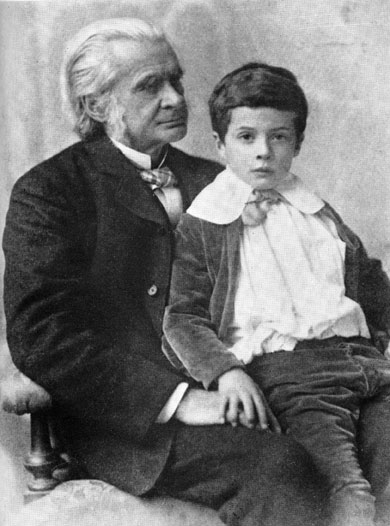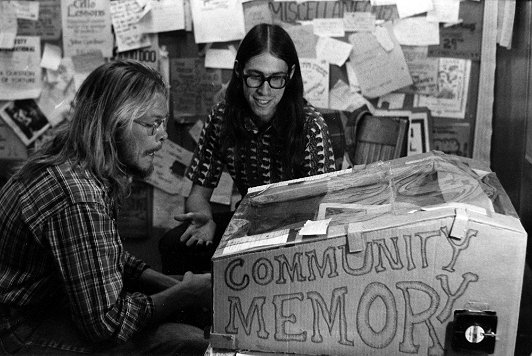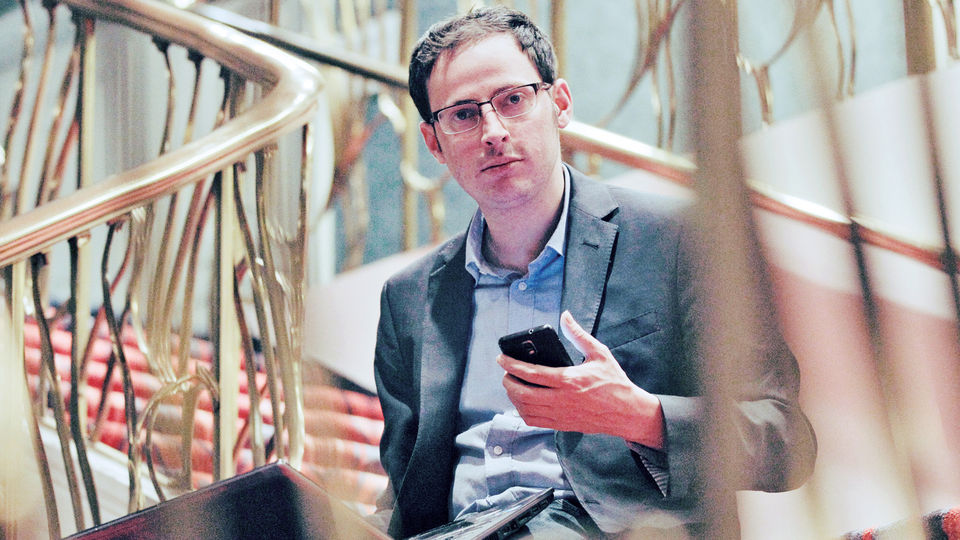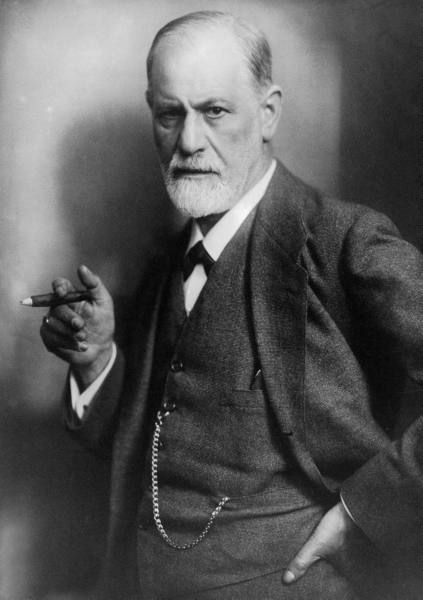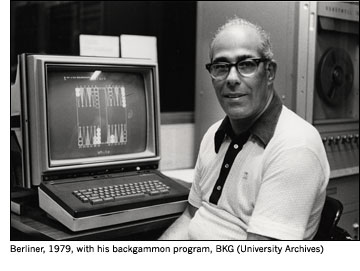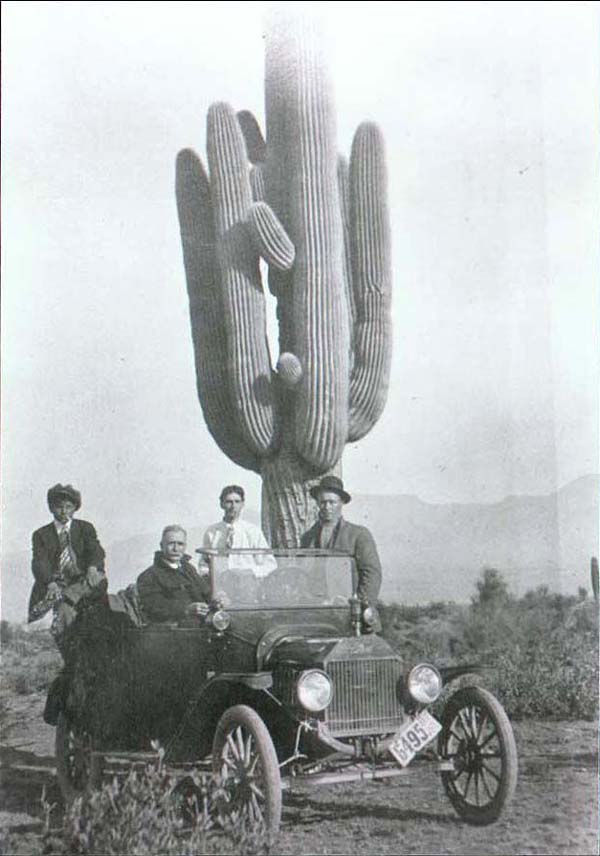
“It’s hotter than — in Yuma, but I like the sun.”
The only female sheriff in Arizona, a gun-slinging miner and Prohibitionist, made her way to New York to raise funds for a sanitarium, according to a colorful article in the November 17, 1915 New York Times. The story:
“Underneath her big sombrero, Mrs. Lucretia Roberts, Constable and Deputy Sheriff on Santa Cruz County, Arizona, has invaded New York City with a Mexican hair lariat and a .45 Colt’s revolver.
However, there is nothing about the little woman, who wears cowhide boots and a tan riding suit, that should cause any uneasiness to the quiet citizens of this metropolis. Rather is she of the type that might suggest the Boston school teacher on an outing. Soft-spoken in her speech and gentle in her manner, the only woman holder of an elective office in Arizona has pitched her tent for several days at the Hotel McAlpin.
Yet underneath her quiet demeanor there is an apparent confidence of ability to handle affairs. Mrs. Roberts said last evening that she had come here to gather funds to build a sanitarium for consumptives in the State where sunshine and good fresh air are as plentiful as lights along our Great White Way. She said, too, that she was willing to sell some stock in a mine of her own.
She owns a homestead site of 160 acres in Canillo, Ariz., and has ten saddle horses and 250 head of good cattle. She said last evening that she lived ‘in the saddle’ and loved out-of-doors life. Asked her impression of the big city, she said:
‘I wouldn’t live in New York if you gave it to me. It’s hotter than — in Yuma, but I like the sun, and it shines there every day.’
The hotel management learned very soon that Mrs. Roberts’s rooms did not admit enough sunshine and light and air, and quickly removed her to another set of rooms, where the constable was more at home. Mrs. Roberts said in answer to a question:
‘New York is nice to visit, though. But there is too much slamming of doors, and then women’s skirts are too short in this city. Yet withal, I have enjoyed the few hours I have spent here.’
Speaking of her election, Arizona’s only woman Sheriff said:
‘It was sort of a joke vote in Santa Cruz County a year ago in November. I was elected over two cowpunchers, G. Bryley and John Yost, by three votes to one for them, it being the first time the woman voted in the State; but it hasn’t turned out to be a joke for many, for you will remember that we put the State on the dry side in the last election. We women don’t know much about the ballot, but we sided right on the main issues and put them through.’

“Most of our arrests are of bad Mexicans and bootleggers.”
Hardly had the little woman of the West shaken the alkali of the deserts from her skirts or adjusted her sombrero before she set out to learn about the big city. She said last evening, although she admitted being tired, that she had enjoyed a talk with ‘Paddy’ McDonald, the giant traffic officer who guards citizens from the rush of autos at Times Square. She said that the big policeman had a lot of knowledge of horses and autos, and was gentle to silly people who asked absurd questions. She knew this, she said, because she stood by while he answered many ridiculous questions with good humor.
In the evening Mrs. Roberts visited a Broadway theatre and enjoyed a show, the name of which she refused to give.
A number of clippings from Arizona newspapers related some exploits of Mrs. Roberts, such as the capture of a Mexican horse thief whom she pursued across the desert for three days, and of her shooting a pack of wolves when they attacked a neighbor’s cattle near Canillo. Speaking of her work as a Constable and Sheriff, she said:
‘Most of our arrests are of bad Mexicans and bootleggers. Of course, I can swear in any man at any time as an assistant, and they jump at the chance.’
She told of a ride of sixty-five miles from Canillo to Bisbee between 7 o’clock in the morning and sundown recently, when she captured a Mexican who had stolen cattle from a neighbor. Cattle, this year, she said, were the best in Arizona’s history, but crops were poor because of an exceptionally dry season.
The little Sheriff is confident of building her hospital.”









